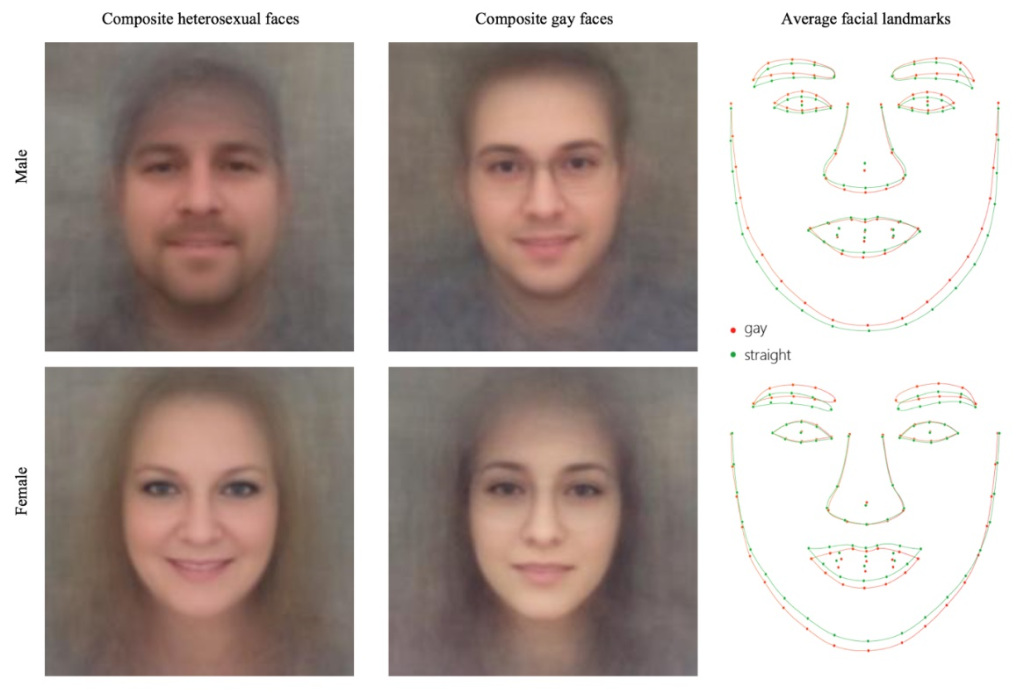Researchers have released a computer algorithm that can determine, to a high degree of accuracy, what a person is gay or straight, sparking concerns regarding the uses of technology to identify sexuality and the dangers it poses.
Stanford University researchers Michal Kosinski and Yilun Wang used pictures from the public database of a dating website to access 130,741 images of 36,630 men, and 170,360 images of 38,593 women. They discovered that artificial intelligence was able to tell the difference between gay and straight women with 81% accuracy, and 74% accuracy between gay and straight women, the New York Post reports.
In comparison, humans were only able to distinguish the same at 61% accuracy for men, and 54% for women. The study authors wrote, “[This means] faces contain much more information about sexual orientation than can be perceived and interpreted by the human brain.”
The software was able to carry out this study in difference by picking up on subtle changes in facial structure, the study stated. The data revealed that homosexual men tended to have narrower jaws, larger foreheads and longer noses, while lesbians had larger jaws and smaller foreheads.
Many people choose to keep their sexual orientation under wraps, for personal or security reasons, so such an algorithm can be extremely damaging, says associate professor of psychology Nick Rule. “It’s certainly unsettling. Like any new tool, if it gets into the wrong hands, it can be used for ill purposes. If you can start profiling people based on their appearance, then identifying them and doing horrible things to them, that’s really bad.”
Kosinski and Wang said that they grappled with the implications of their study, debating on whether or not to release it. In the end, they decided that it was best to inform the public that such technology exists and is possible, in order for precautions or protections to be put in place. Their author notes read:
We were really disturbed by these results and spent much time considering whether they should be made public at all. We did not want to enable the very risks that we are warning against. The ability to control when and to whom to reveal one’s sexual orientation is crucial not only for one’s well-being, but also for one’s safety.
We felt that there is an urgent need to make policymakers and LGBTQ communities aware of the risks that they are facing. We did not create a privacy-invading tool, but rather showed that basic and widely used methods pose serious privacy threats.
While the study was conducted on an impressive scale, the researchers admitted that there was a lack of consideration for bisexual or transgender people.
























